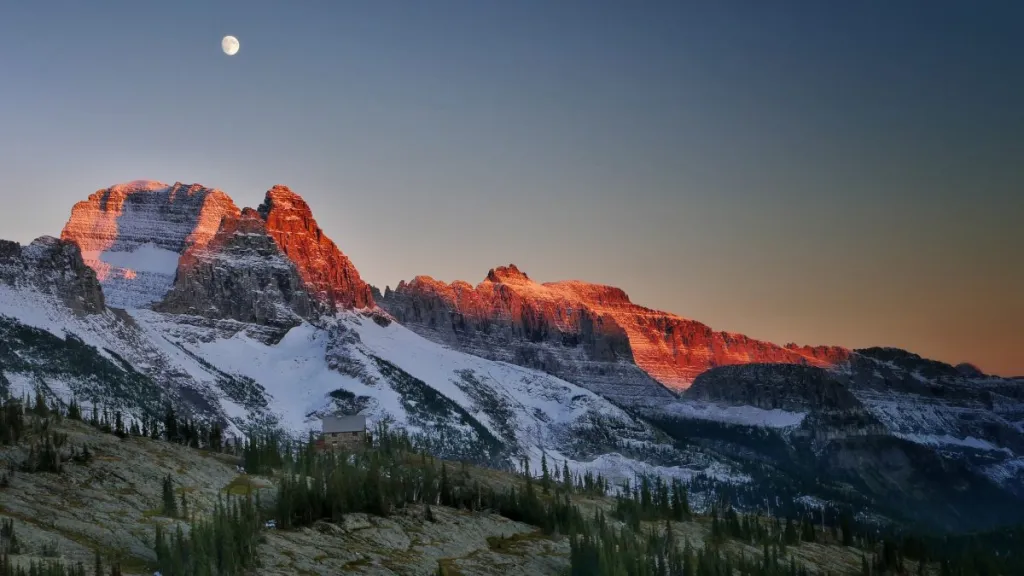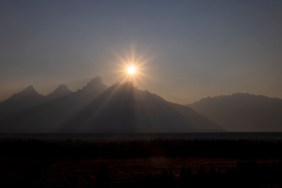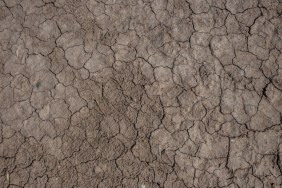Montana is a great place for outdoor adventures. The state has over 30 million acres of public land, offering excellent opportunities for hunting, fishing, and hiking.
Hunting has a long history in Montana. Native Americans hunted in the state for centuries, and European settlers soon adopted the practice. Today, hunting is still a popular activity in Montana, with over 200,000 licensed hunters in the state.
The most popular game animals in Montana are elk, deer, and antelope. Hunters can also pursue bighorn sheep, mountain goats, and bears. Hunting regulations vary depending on the species of game animal and the area being hunted.
Fishing is another popular outdoor activity in Montana. The state has over 70,000 miles of rivers and streams, and over 1,000 lakes. The most popular fish species in Montana are trout, salmon, and bass. Fishing regulations also vary depending on the species of fish and the area being fished.
Hiking is a great way to explore Montana’s beautiful scenery. The state has over 2,300 miles of designated hiking trails, ranging from easy paths to challenging treks. Some of the most popular hiking trails in Montana include the Glacier National Park Loop Road, the Bob Marshall Wilderness Complex, and the Yellowstone National Park Grand Loop Road.
The history of hiking trails in Montana is long and varied. Native Americans used trails to travel through the state for centuries. European settlers soon adopted the practice, and hiking trails were built to access mines, timber, and other resources. Today, hiking trails are used for recreation and enjoyment. Whether you are interested in hunting, fishing, or hiking, you are sure to find something to enjoy in the state. So get out there and explore!
Before visiting Montana, we suggest familiarizing yourself with the state’s hunting and fishing regulations, licenses, and permits as well as any hiking safety protocols at Montana Fish, Wildlife and Parks.
Best Hunting in Montana
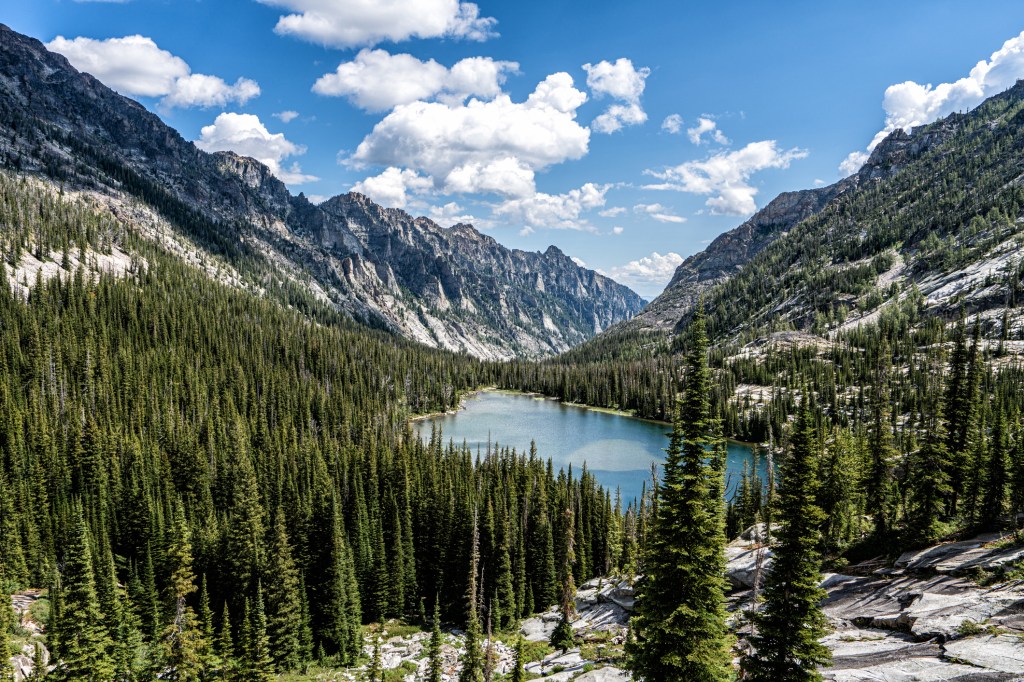
Montana is a great place to hunt, with over 30 million acres of public land offering excellent hunting opportunities for a variety of game animals. Here are some of the best places to hunt in Montana:
Bitterroot Valley: This valley is home to a variety of game animals, including elk, deer, antelope, and mountain goats. The Bitterroot Valley is also a popular destination for bird hunting, with good populations of pheasants, grouse, and ducks.
Gallatin National Forest: This forest is home to a large elk population, as well as deer, bear, and mountain lion. The Gallatin National Forest is also a great place to hunt for upland birds, such as grouse and pheasants.
Yaak Valley: This valley is known for its remoteness and rugged terrain, which makes it a great place to hunt for big game animals, such as elk, deer, and bears. The Yaak Valley is also home to a healthy population of mountain lions.
Flathead National Forest: This forest is home to a variety of game animals, including elk, deer, bear, and mountain lion. The Flathead National Forest is also a great place to hunt for upland birds, such as grouse and pheasants.
Badger-Two Medicine Area: This area is located in the Rocky Mountains and is home to a variety of game animals, including elk, deer, and bighorn sheep. The Badger-Two Medicine Area is also a great place to hunt for upland birds, such as grouse and pheasants.
With so much public land to explore, you’re sure to find the perfect hunting spot for you. Here are some additional tips for choosing the best place to hunt in Montana:
- Consider the type of game animal you want to hunt. Some areas are better suited for certain game animals than others.
- Think about your experience level. If you’re a beginner hunter, you may want to choose an area that is less remote and has more amenities.
- Check the hunting regulations. Make sure you are familiar with the hunting regulations for the area you plan to hunt.
- Get a permit. In most cases, you will need a permit to hunt in Montana. You can apply for permits online or at a local Fish, Wildlife & Parks office.
- Be prepared. Make sure you have the necessary gear and supplies for your hunt. This includes a hunting license, a firearm or bow, ammunition, clothing, food, and water.
Best Fishing in Montana
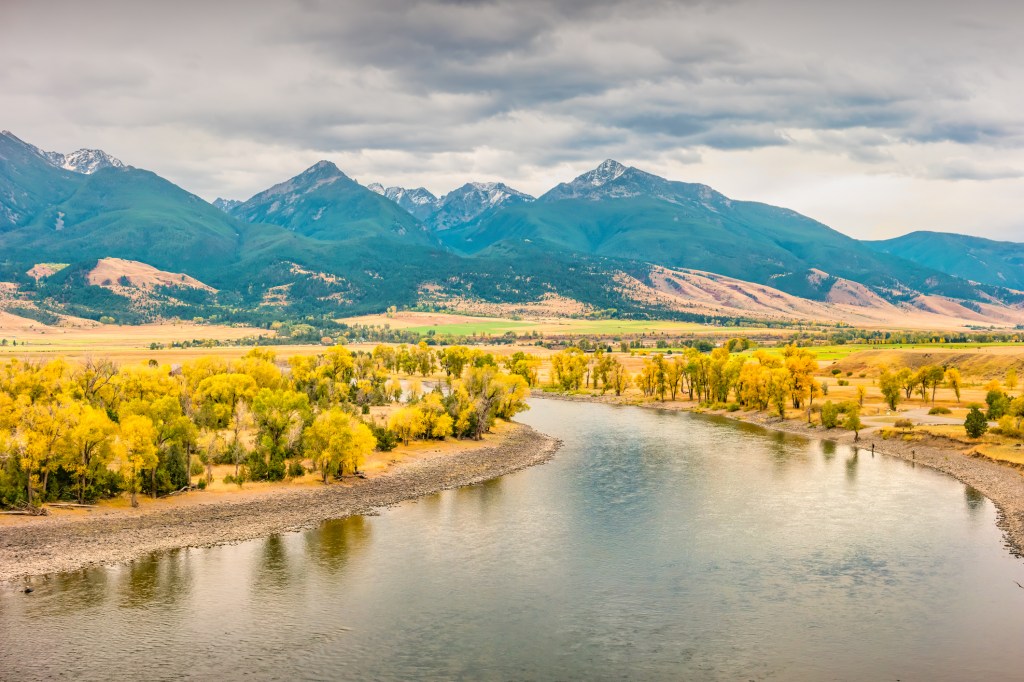
Montana is a great place to fish, with over 70,000 miles of rivers and streams, and over 1,000 lakes. Here are some of the best places to fish in Montana:
Madison River: The Madison River is one of the most popular trout fishing rivers in the world. It is known for its clear waters, abundant trout population, and challenging fishing.
Yellowstone River: The Yellowstone River is another world-renowned trout fishing river. It is home to a variety of trout species, including rainbow trout, brown trout, and cutthroat trout.
Bighorn River: The Bighorn River is a great place to fish for trophy trout. It is known for its big brown trout and rainbow trout.
Gallatin River: The Gallatin River is a popular destination for both fly fishing and bait fishing. It is home to a variety of trout species, including rainbow trout, brown trout, and brook trout.
Blackfoot River: The Blackfoot River is a beautiful river that is known for its scenic views and challenging fishing. It is home to a variety of trout species, including rainbow trout, brown trout, and cutthroat trout.
These are just a few of the many great places to fish in Montana. With so much water to explore, you’re sure to find the perfect fishing spot for you.
Here are some additional tips for choosing the best place to fish in Montana:
- Consider the species of fish you want to catch. Some rivers are better suited for certain species of fish than others.
- Think about your experience level. If you’re a beginner angler, you may want to choose a river that is less crowded and has more accessible fishing spots.
- Check the fishing regulations. Make sure you are familiar with the fishing regulations for the area you plan to fish.
- Get a permit. In most cases, you will need a permit to fish in Montana. You can apply for permits online or at a local Fish, Wildlife & Parks office.
- Be prepared. Make sure you have the necessary gear and supplies for your fishing trip. This includes a fishing license, a rod and reel, bait or lures, and polarized sunglasses.
- Be safe. Fishing can be dangerous, so it is important to be safe. Always follow the safety guidelines set forth by Fish, Wildlife & Parks.
Best Hiking In Montana
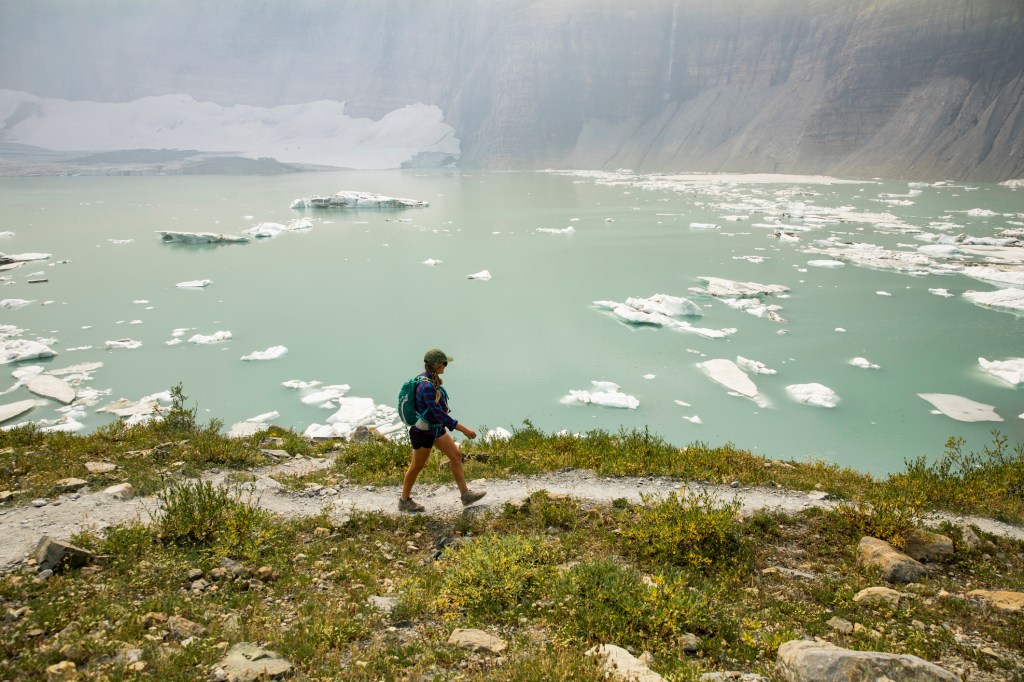
Montana is a great place for hiking, with over 2,300 miles of designated hiking trails. Here are some of the best hiking trails in Montana:
Grinnell Glacier Trail: This challenging trail in Glacier National Park offers stunning views of Grinnell Glacier and the surrounding mountains. The trail is 7.8 miles round trip with an elevation gain of 2,800 feet.
Highline Trail: This iconic trail in Glacier National Park offers panoramic views of the park’s mountains and valleys. The trail is 10.5 miles round trip with an elevation gain of 3,000 feet.
Avalanche Lake Trail: This moderate trail in Glacier National Park leads to a beautiful lake surrounded by mountains. The trail is 4.5 miles round trip with an elevation gain of 1,000 feet.
Hidden Lake Overlook Trail: This easy trail in Glacier National Park offers stunning views of Hidden Lake and the surrounding mountains. The trail is 2 miles round trip with an elevation gain of 500 feet.
Ousel Falls Trail: This moderate trail in Glacier National Park leads to a beautiful waterfall. The trail is 3.2 miles round trip with an elevation gain of 700 feet.
Iceberg Lake Trail: This challenging trail in Glacier National Park leads to a beautiful lake surrounded by glaciers. The trail is 6.8 miles round trip with an elevation gain of 2,500 feet.
Here are some important hiking laws in Montana that you should be aware of:
- You must have a valid hiking permit for some trails in Glacier National Park and Yellowstone National Park. Permits can be purchased online or at the park entrance.
- You must stay on designated trails. Hiking off-trail can damage sensitive plants and wildlife.
- You must pack out all of your trash. This helps to keep Montana’s trails clean and beautiful.
- You must leave no trace. This means being respectful of the environment and taking care not to disturb the natural landscape.
- You must be aware of your surroundings and take precautions against wildlife encounters. Montana is home to a variety of wildlife, including bears, mountain lions, and wolves.
- You must be prepared for the weather. Montana’s weather can change quickly, so it is important to be prepared for rain, snow, and high winds.
- You must let someone know where you are going and when you expect to be back. This is especially important if you are hiking in a remote area.
By following these laws, you can help to ensure that everyone can enjoy Montana’s hiking trails safely and responsibly.
